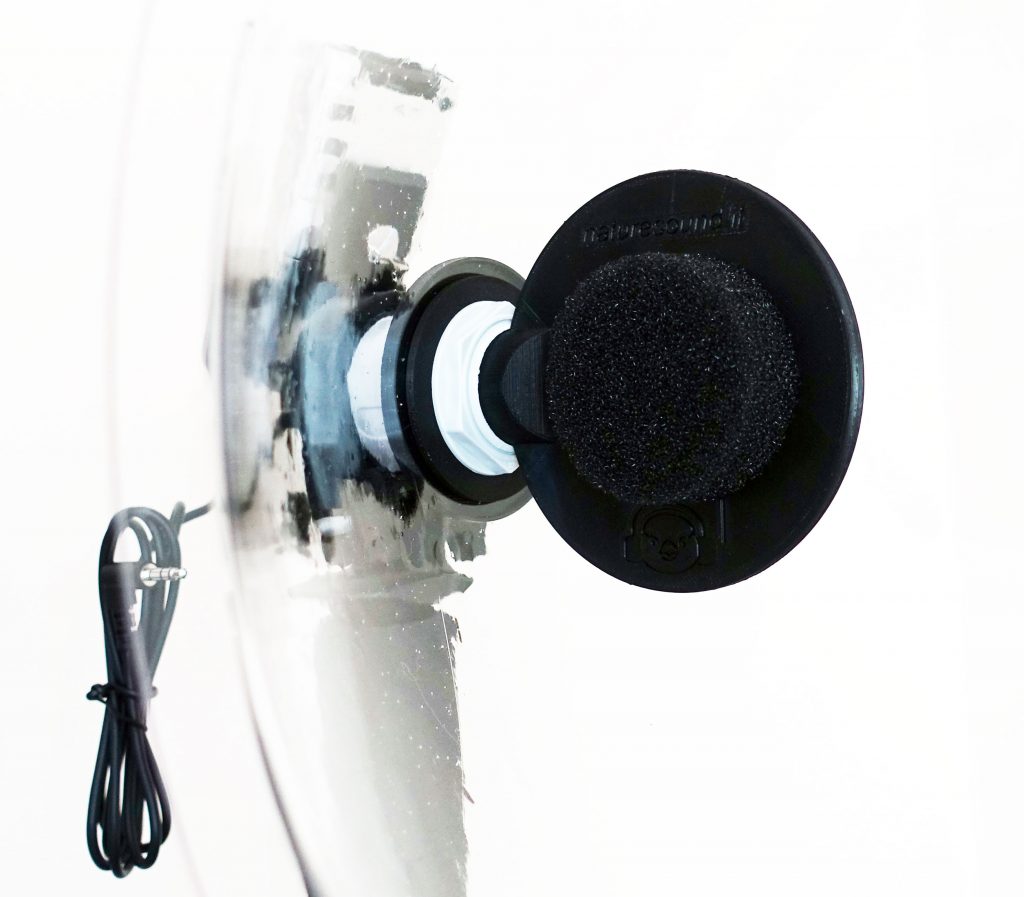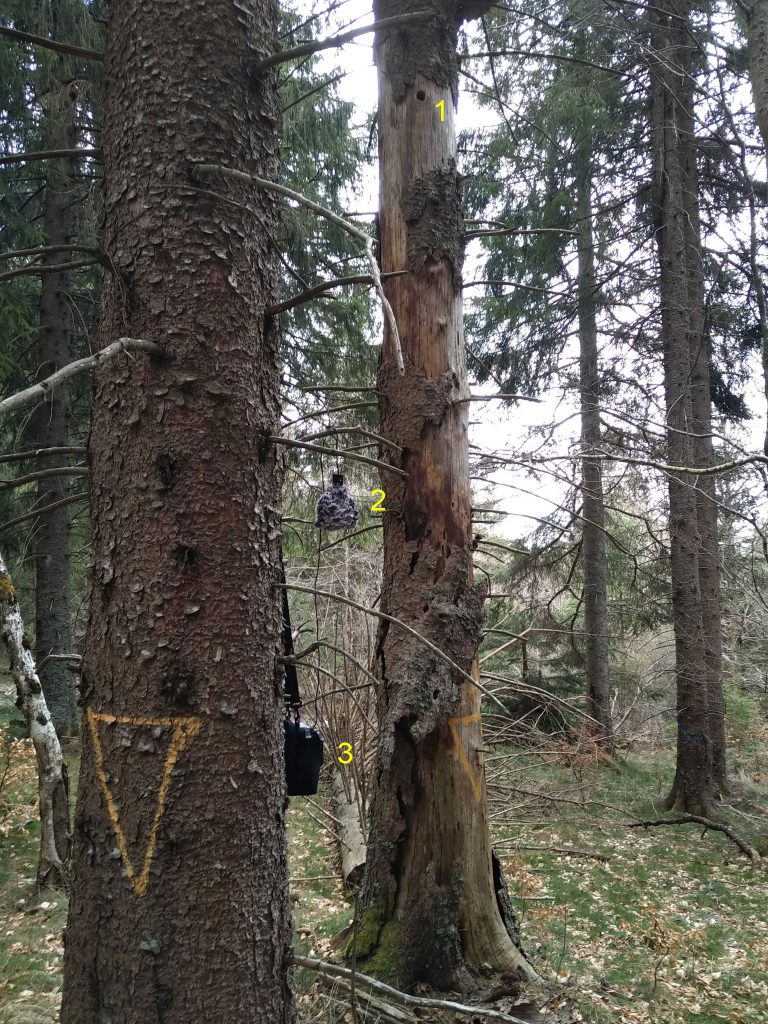STEREO BAFFLE
Reading Time: 2 minutes
A stereo baffle that is normally used in a dish can also be safely used outside the parabolic dish, obtaining a very realistic stereophonic effect. Below is an excellent example of a sound file obtained by Grègory Chamming’s at a Eurasian pygmy owl Glaucidium passerinum nest. This little strigiform has nested inside a cavity previous dug by a great spotted woodpecker.
Here Grègory : “This autumn, I started following the male singer Glaucidium passerinum several times a week. And, on a late February afternoon, I was delighted to hear a second bird, with a higher frequency song, answering the male! From then on, the couple was formed… (I remind you that this tiny owl has only been with us for 2 or 3 years! ). It then took me several hours of research, before finding the cavity chosen by the owls! But, the plot having been sold by the foresters (ONF), to a private person for the exploitation of the wood, I had to put very quickly this zone in urgent protection! This was done, thanks to a friend and his group from the ONF, who secured the entire area until the end of the summer! Phew, the birds will be quiet to reproduce, and raise their young…! I now regularly set up “small sound traps” near the nest or in the territory. Zooms H2n, stereo baffle microphones as on the picture, or EM 272 Primo in “AB” arrangement, which I let record for about 24 hours, until the AA batteries run out (Eneloop pro, Varta 2500). FRANCE, Lozère, Massif montagnard du Goulet.”

1 – hole where the nest is located
2 – stereo baffle with dead cat windscreen
3 – waterproof bag with a Zoom H2n inside that works 23-24 hours with two AA batteries.

Commenti recenti